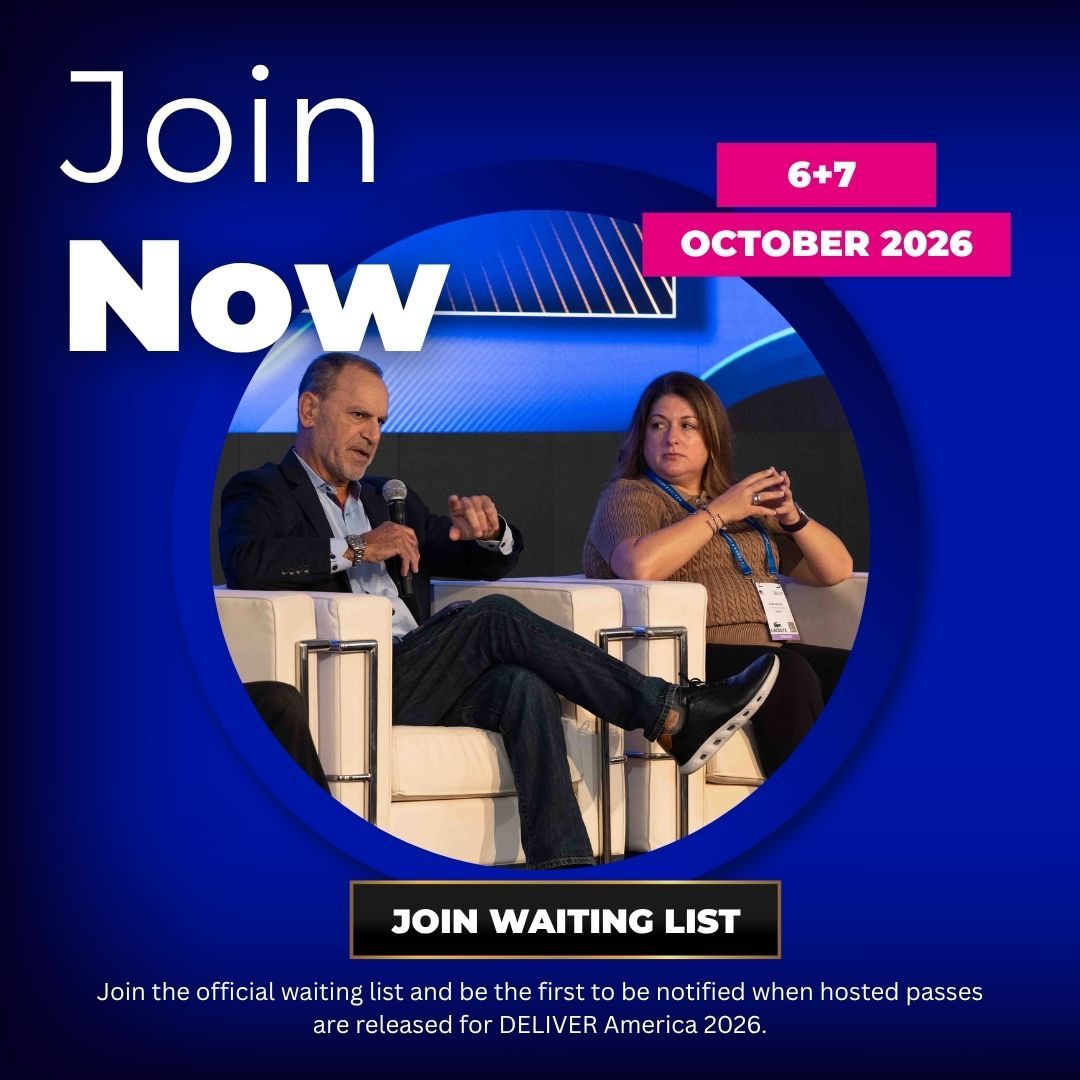Future-Proof Fulfillment: How ShipBob Builds Smarter, Scalable Supply Chains
Building for What Comes Next
For Casey Armstrong, CMO at ShipBob, the future of fulfillment starts with one question:
“How can you set up your business not just to succeed this quarter, but to scale in the years ahead?”
Speaking at DELIVER America, Armstrong outlined a playbook for brands and 3PLs to future-proof their networks — balancing cost, speed, and resilience in a volatile global landscape.
A New Framework for Fulfillment
Armstrong encourages leaders to view their supply chain through a P&L lens — understanding how every operational decision flows through to profitability.
-
Net Revenue: Faster delivery improves conversion and lifetime value.
-
Variable Costs: Freight, packaging, labor, and returns all eat into margin.
-
Fixed Costs: Storage, equipment, and software scalability determine long-term efficiency.
-
Working Capital: Tariffs, duties, and inventory positioning can make or break cash flow.
“Marketing can’t fix inventory mistakes,” Armstrong reminds the audience. “The most powerful lever in your P&L is still your supply chain.”
Navigating a Changing World
Armstrong points to ongoing disruptions — from tariffs and de minimis changes to inflation and shipping volatility — as wake-up calls for brands to get proactive.
ShipBob’s network has been built to anticipate those shocks.
-
Foreign Trade Zone (FTZ) warehouses on both coasts defer tariff payments until goods enter U.S. commerce, freeing up working capital.
-
Dynamic inventory placement shifts stock automatically based on regional demand patterns.
-
Redundant fulfillment nodes ensure continuity during weather events or carrier outages.
“When Texas froze over, we could still fulfill orders by rerouting through other sites,” Armstrong recalls. “That’s what redundancy means.”
Speed as a Growth Lever
Fulfillment isn’t just about cost — it’s a conversion driver.
Armstrong highlights insights from ShipBob’s Chief Supply Chain Officer, former Amazon executive Melissa Nick:
“Showcasing faster delivery speeds at checkout can dramatically improve conversion rates.”
By strategically splitting inventory and optimizing warehouse placement, brands can cut transit times, improve conversion, and even extend holiday selling windows.
One ShipBob customer, Our Place, extended its holiday shipping cutoff by five days — capturing millions in incremental sales while reducing per-order costs.
Scaling from Startup to Enterprise
The difference between 8,000 orders and 800,000 orders in a year? Infrastructure.
Armstrong points to Dossier as an example of scalable growth done right. The brand grew 100x in five years without changing fulfillment partners — leveraging ShipBob’s distributed network to expand seamlessly.
Other brands like Spikeball use ShipBob’s warehouse management system to modernize internal operations before scaling out into multiple fulfillment centers — reducing costs and speeding delivery in key regions.
“Scalability isn’t just about space,” Armstrong says. “It’s about systems that grow with you.”
The Fulfillment Experience as a Marketing Channel
As a CMO, Armstrong brings a unique perspective: your packaging and delivery experience are part of your brand’s marketing strategy.
“A box has a 100% open rate,” he jokes. “It’s the best advertising space you own.”
From custom packaging and inserts to data-driven personalization, brands are using fulfillment as an extension of storytelling — blending marketing creativity with operational precision.
Future-Proofing Through Partnership
Armstrong concludes with a message of alignment between brands and logistics providers:
“When our customers win, we win. Our incentives are tied together — and that’s how supply chains should work.”
For ShipBob, future-proof fulfillment means designing networks that adapt, scale, and support growth in real time — because resilience isn’t reactive, it’s engineered.


